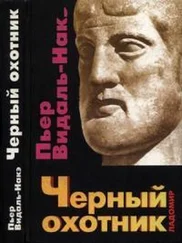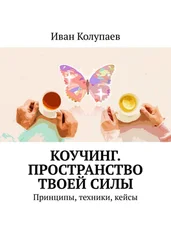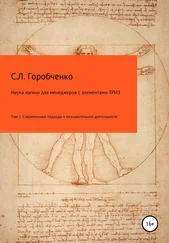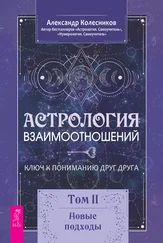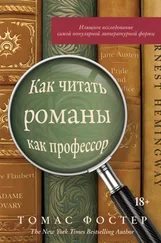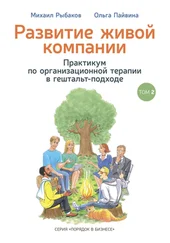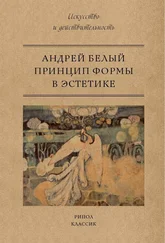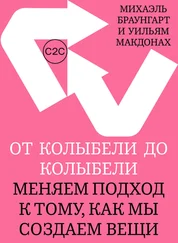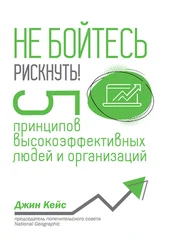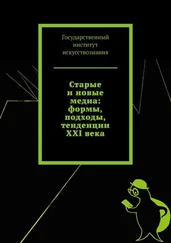21sC.Joest, DasfrUhedgyptische Wiistenmonchtum. Gestalt und Gestalten, в Erbe und Auftrag71, 1995,143.
The Sayings of the Desert Fathers, Bessarion 10.
Ibid., Makarios 23.
H. Blommestijn,/a aan het onbekende— Dag Hammarskjold, в Speling 36, 1984, № 1, 90–94;J. Huls, Dag Hammarskjold: De ander als onze meester, в Spetingil, 1995, № 2, 67–74; J. Huls, Wagen jezelf te zijn — Dag Hammarskjold, в Speling49, 1997, № 4, 39–44.
Dag Hammarskjold, Merkstenen, Nijmegen, 1983, 31.
Ibid., 57.
Ibid., 43.
Ibid., 25.
Ibid., 26.
225 Ibid., 23.
Ibid., 38.
Ibid.
Ibid., 91.
258 Ibid., 152–153.
Ibid., 22.
Ibid., 140.
Ibid., 38.
Ibid., 89.
Ibid., 76.
Ibid., 83.
Ibid., 108.
Ibid.
W. Rordorf, Martyre. I. Les Martyrs des premiers siecles, в DSp 10, 1980, 723–726.Или «Хусайн». — Прим. пер.
О месте этого мученичества в шиитском исламе см. J. ter Haar, Volgelingen van de Imam, Amsterdam, 1995, 97-109; S.Jafri, Twelve-imam shi’ism, в Islamic Spirituality, foundations (WS 19), London, 1987, 160–178.** Кербела — город, построенный позже на месте убийства Хусейна. — Прим. пер.
S.Jafri, ibid., 168–171.
Н. Hillel Ben-Sasson, Kiddush ha-Shem and chillul ha-Shem, в £/10, 1971, 982–983.
Ibid.
J. Robinson, Holocaust, в EJ8, 1971, 902–905.
J. Sobrino, Spirituality of Liberation. Toward Political Holiness, New York, 1988.
Cm.J. Sobrino, Spirituality and the. Following of Jesus, в Mysterium Liberationis. Fundamental Concepts of Liberation Theology, Maryknoll-Collins Dove, 1993, 694–695.
О различных версиях, которые содержат 4 Макк, Плач Рабба, Седер Элиягу Рабба, Песих- та Рабба, Мидраш Зутта и Иалкут Шимони, см. G. Cohen, The Story of Hannah and the Seven Sons in Hebrew Literature, в Mordecai M. Kaplan Jubilee Volume, New York, 1953, 109–122. О дополнительном резонансе в этой рецепции Акеда-мотива (связывание Исаака для жертвоприношения) см. A. Agus, The Binding of Isaac and Messiah in Law, Martyrdom, and Deliverance in Early Rabbinic Religiosity, New York — Albany, 1988, 11–32.
Мы следуем критическому изданию текста в Sources Chretiennes 10, ed. P. Camelot, Paris 1958, 242–275. Цифры в скобках отсылают к этому изданию.
В. Dehandschutter, Hagiographie et histoire. A propos des actes et passions des martyrs, в Martyrium in Multidisciplinary Perspective, ed. M. Lamberigts & P. van Deun, Leuven, 1995, 298–301.
От греч. holocauston — всесожжение. — Прим. пер.
Разрушение, разорение (др. — евр.). — Прим. пер.
Или корбан (др. — евр.) — «жертвоприношение». — Прим. пер. Ibid., 266–294.
Е. Wiesel, A Jew Today, New York, 1978, 8.
E. Levinas, Het menselijh gelaat. Essays van Emmanuel Levinas (gekozen en ingeleid door A. Peperzak), Utrecht, 1969, 69.
Ibid., 70.
Ibid., 70–71.
Ibid., 71.
*7 Ibid., 56.
Ibid., 56–57.
U. Grinberg, Rehovot Ha-nahar, Jerusalem, 1956.
A. Neher, De ballingschap van het woord. Van de stilte in de Bijbel tot de stilte van Auschwitz, Baarn, 1992, 141–239.
Ibid., 141.
E. Wiesel, A Jew Today, New York, 1979, 190–191.
Ibid., 191.
Ibid., 191–192.
Е. Wiesel, Le chant des marts. NouveUes, Paris, 1966, 153–154. «Я верю» (евр.). — Прим. пер.
Е. Wiesel, Eenjood, vandaag, 177–187. v
Ibid., 204.
j Young, Beschreiben des Holocaust, Frankfurt a. М., 1992, 49–60.
T. Des Pres, The Survivor. An Anatomy of Life in the Death Camps, New York, 1976, 31.
280J. Young, ibid., 37.
881 E. Wiesel, A Jew Today, 197.
Цит. no S. Ezrahi, By Words Alone. The Holocaust in Literature, Chicago — London, 1980, 21.
281E. Wiesel, A Jew Today, 198.
J. Young, Beschreiben des Holocaust, 39.
L. Edelman, A Conversation with Elie Wiesel, в Responses to Elie Wiesel, ed. H. Cargas, New York,
14.
486 E. Wiesel, Denacht, Hilversum, 1986, 112.887 Cm. L. Langer, Preliminary Reflections on the Videotaped Interviews at the Yale Archive for Holocaust Testimonies, в facing History and Ourselves News, Winter, 1985, 4.
J. Young, Beschreiben des Holocaust, 164–189.
T. Borowski, This Way for the Gas, Ladies and Gentlemen, New York, 1967, 168.
Читать дальше


